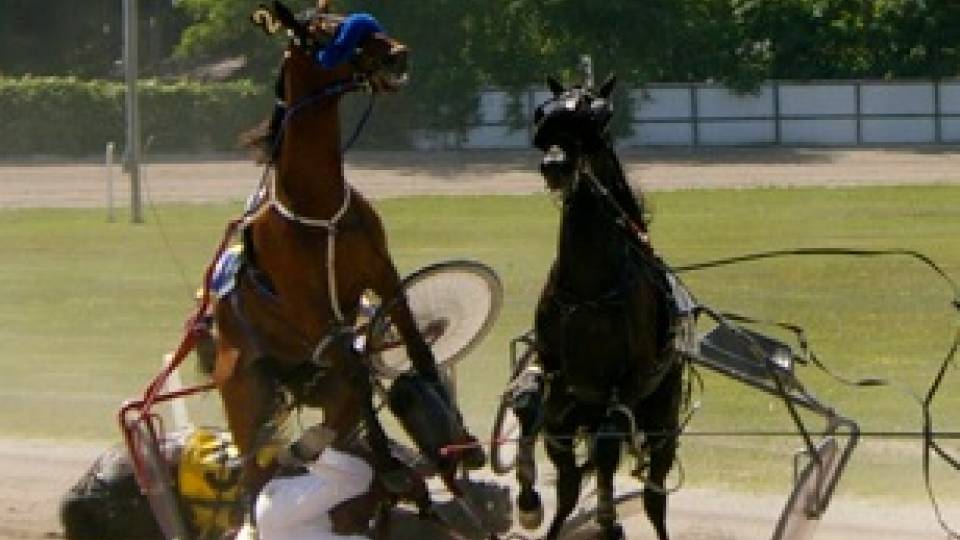IN SUPPORT OF: “An Act to Change the Allocation Formula for Revenue from Slot Machines”
Why do taxpayers continue to subsidize Maine harness racing despite its long and precipitous decline?
FACT SHEET
-
Cascade Funds are distributed to a variety of programs including Fund for a Healthy Maine, Dept. of Education K-12, Univ. of Maine State and the Community College System Scholarship Funds, Maine Maritime Academy, and gambling addiction. Its largest allocation by far, however, is via multiple programs, associated with supporting the harness racing industry.
-
Following heavy lobbying by the industry, the original 11% of 25% of slot revenue approved by the voters resulted in legislative action that doubled the allotment to 22% of 39% of the casino tax distributions being dedicated to shoring up harness racing. Maine’s harness racing industry has continued in a steady decline despite receiving an average $9.3 million a year in taxpayer subsidy from slot machine revenue since 2005.
-
The industry has had financial problems as far back as the early 1990s. Business as measured by the live handle (total amount wagered) was down over 30%, from $45.2 million in 1987 to $29.8 million in 1991.
-
The solution was off-track betting parlors, but 25 years later, both harness racing and off-track betting are withering, with revenues down now to a scant $4 million.
-
A Maine State Harness Racing Commission report shows its downward trend continued in 2017, with $24.5 million wagered. Of that amount, $21.6 million were bet on races shown on live television from tracks out-of-state. [Portland Press Herald, 5/1/18]
-
Since 2003, the number of licensed horse owners has fallen by 40%, betting on racing has dropped by 57% and the number of mares bred is down 44%, despite millions of dollars in state subsidies. [Pine Tree Watch, May 2017]
-
In 1980, 10,000 people visited Scarborough Downs and a record $508,000 was wagered in a single day in 1987. The grandstand has been closed since the 1990s; the track is lucky to get even 300 spectators these days. [seacoastonline. com, 1⅙/16]
-
The May 2017 Pine Tree Watch Investigation revealed Scarborough was losing $13,200 each day raced in 2014, or almost $1.4 million annually.
-
Over the years, Scarborough Downs owner Sharon Terry has justifiably worried aboput its future:
-
MaineBiz, March 2009: “We really feel that the industry is not going to survive unless we continue to pursue theslot machine revenue.”
-
Harnessracing.com, January 2014: “LD 1111 is crucial for the survival of the harness racing industry in Maine.”
-
PPH, Nov. 2016: “The Downs is being snuffed out by dwindling profits and attendance, increasing competition from casinos and online gambling, crumbling facilities that have drawn recent scrutiny [EPA violations] from government officials, and continuing controversy withhorse owners and trainers.”
-
Harness racing has a well-documented checkered history that includes animal cruelty, drugging, and overbreeding, the latter of which results in many “surplus” healthy horses being sent to slaughter plants in Quebec simply because they no longer win races.
-
Robyn Cuffey, respected Maine re-trainer of racehorses, is “… still trying to figure out why the people who made all this money off these horses are not putting a dime back into taking care of them afterward.” [PPH 12/18/16]
-
Allegations of horse drugging spiked to unprecedented levels in 2015, further damaging the public perception of the industry. Drug use, including a nationally banned performance enhancing substance, also drew concerns in the industry about fair competition.
-
Racino referendums promoted by the harness racing industry failed voter support in 2008 and 2014. Most recently, a gaming / entertainment venue proposed for York County was denied by voters in November 2017.
-
The Oxford County Fair eliminated its long tradition of harness racing from its 2018 fall schedule because the sport was losing $10,000-$18,000 a year. [PPH, 12/23/18]
-
“Scarborough Downs has received an estimated $13 million in state subsidies for the past 12 years, and serves as a cautionary tale of what happens when the state subsidizes an industry but fails to set firm goals and ensure accountability.” [Pine Tree Watch, May 2017]


